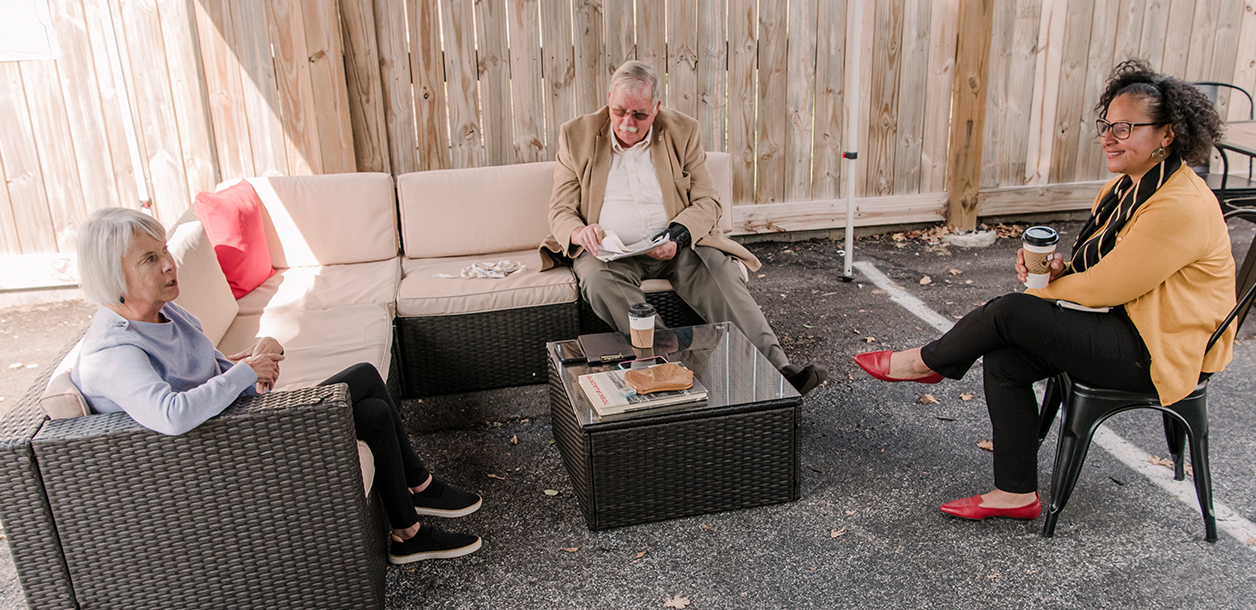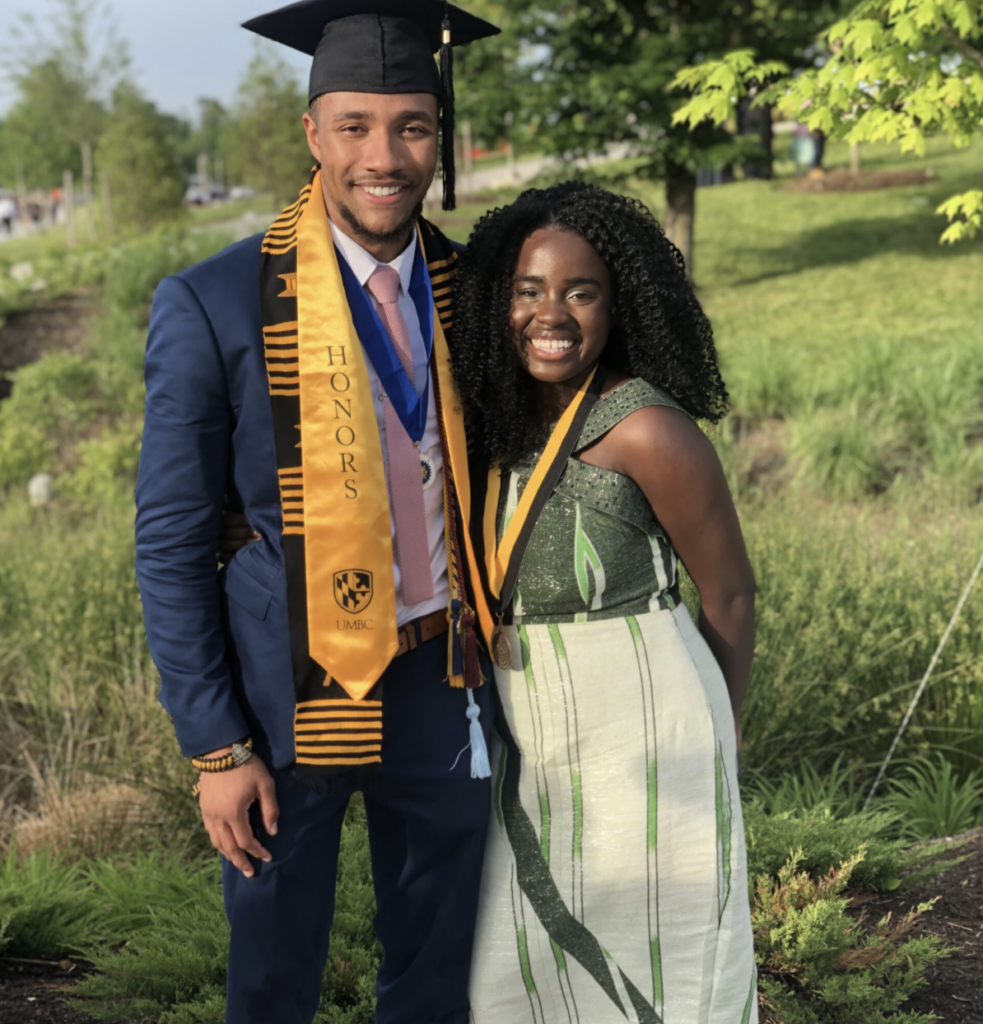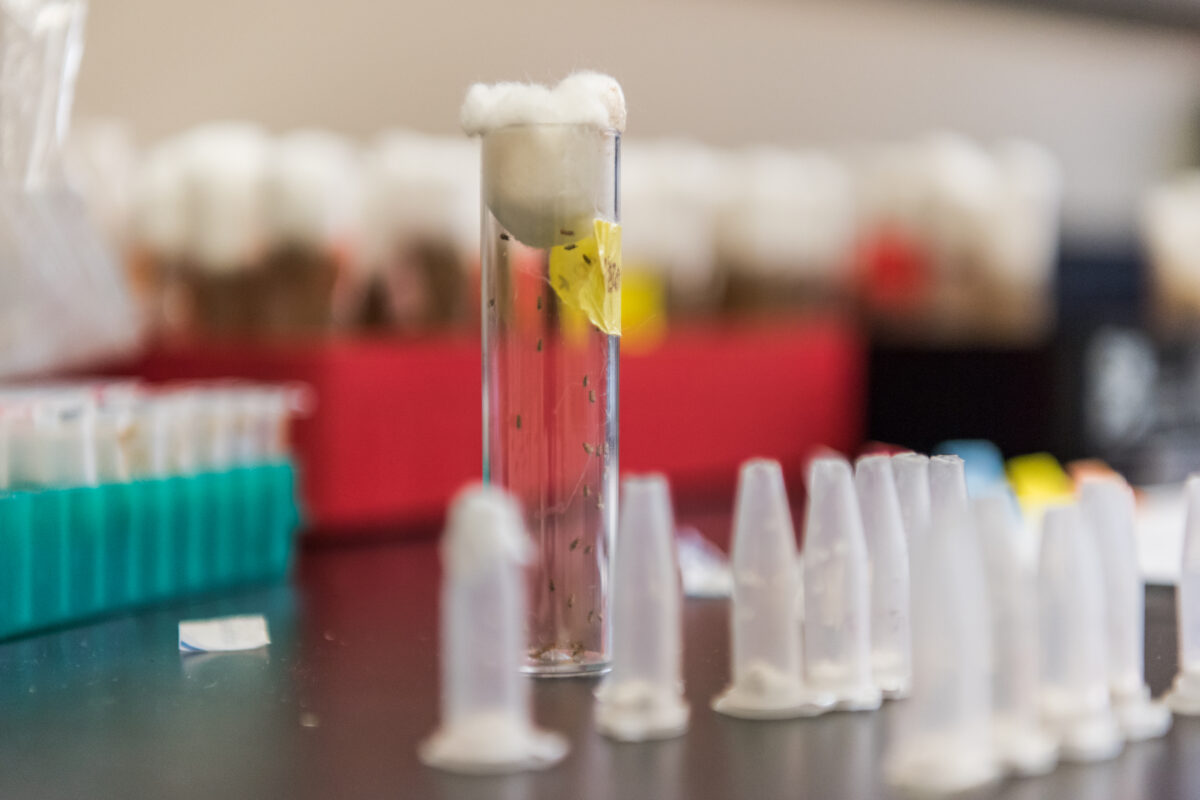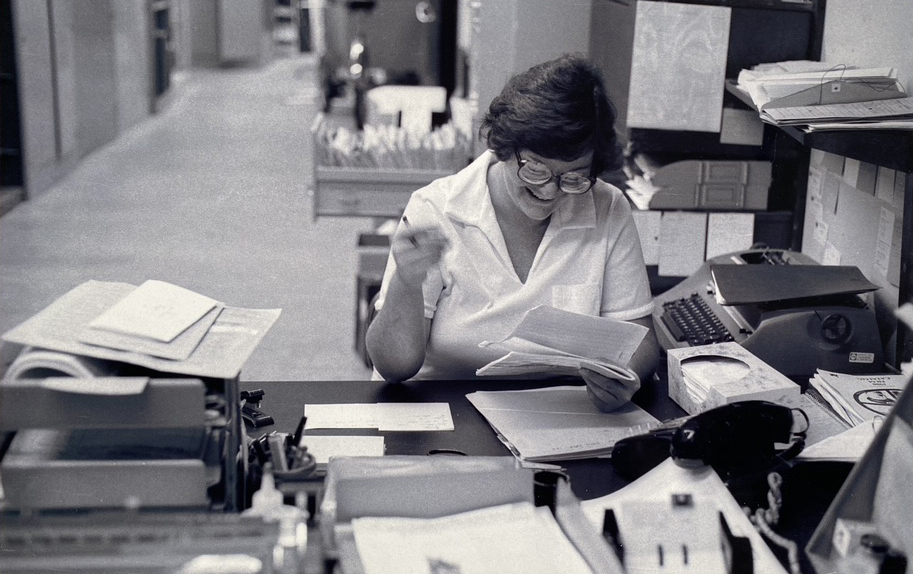One of the undeniable benefits of UMBC’s relative youth is access to founding members of the institution and other individuals who’ve played a foundational role in shaping the University. What happens when you sit down three key players in Alumni Relations and Development who span the years of UMBC from the first day to this present moment? You learn that some things haven’t changed.
When Royce Bradshaw ’70, political science, was hired in 1969 by Chancellor Albin O. Kuhn to be the first director of the not-yet-formed alumni association, he worked as an office of one. Barbara Quinn ’78, ancient studies, who took on the role of executive director of Alumni Relations in 1979, reiterates the need to wear multiple hats when working with a small staff that carries a large mandate—a mandate that grows larger with each graduating class.
Today, under the leadership of Stanyell Odom, the director of Alumni Engagement, UMBC boasts 83,000 Retriever alumni. These three sat down in October 2020 for a socially distanced discussion of how their work has shifted over the years.
Stanyell Odom: How would you both characterize UMBC alumni? What sets them apart from students at other schools?
Barbara Quinn: I would say that they’re extremely committed and they really believe in the institution. A lot of that has to do with Freeman because he has made UMBC into a family. Even though it’s continued to grow it still feels like the original institution it was back in the ’60s. And so people feel really committed to it and really want to see it continue to do well.
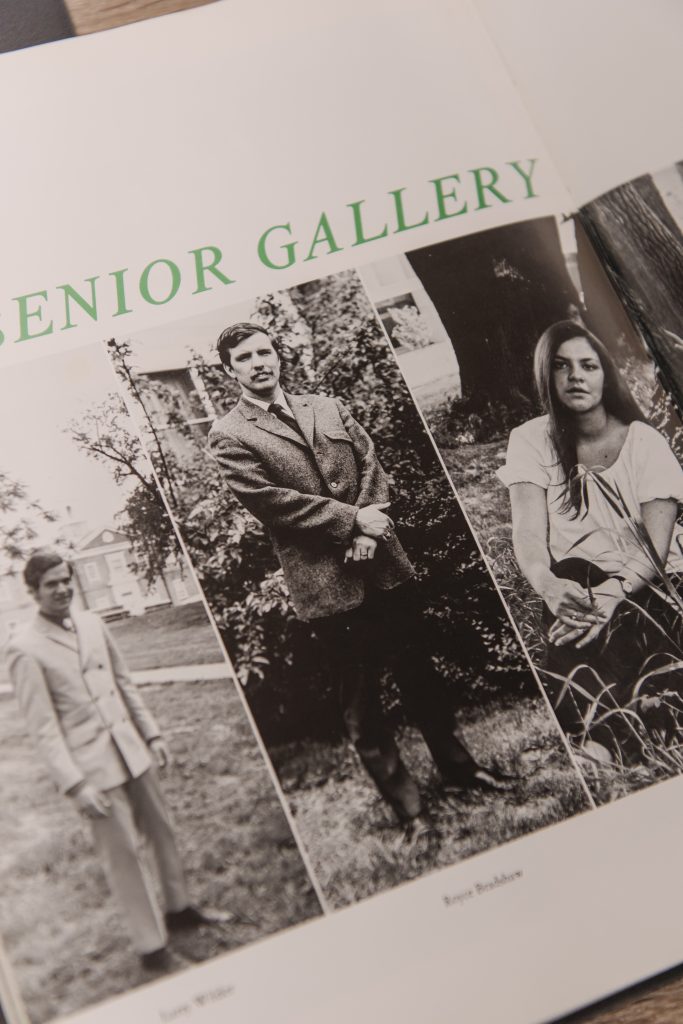
Royce Bradshaw: We’re getting to be a big family. How do you make it personal at this size? To go from representing the founding class to somehow connecting with this giant population of alumni, that’s very different.
For example—Dr. Kuhn, UMBC’s chancellor at the time I graduated—he still had his farm, and during graduation, we got to nibble on strawberries from his own garden. When you have 80,000 alumni, that relationship is much different.
Odom: Barb, during your 15 years at UMBC the alumni population jumped from 5,500 to 22,000. How did you manage to keep the alumni as a whole engaged but also develop personal relationships?
Quinn: You know what, we did a lot of stuff around Athletics, because we had a good lacrosse program, a good basketball program. We also engaged the sororities and fraternities to help us. We also did special projects, like installing the statue of the Chesapeake Bay Retriever in front of the RAC.
An early project that engaged alumni is the Second Generation Scholarship, created by a committee of African American alumni to support students trying to finish their degree. We also had an alumni board that was just really devoted, really committed to the University.
Odom: Royce, from 1970 to 1972, you went from 240 graduates to 1,200 graduates. That’s a pretty substantial increase. And I know when I started at UMBC in 2006 we had 40,000 alumni, which has more than doubled now.
So to get to your question, Royce, about how to make it personal, I think anyone working with alumni now, that’s the constant struggle. I get the opportunity to work with alumni leaders and so my personal relationships are developed through the Second Generation Scholarship committee, the alumni board, working with your group, Royce, the Founding Four.
It would be really helpful to get an understanding, Royce, of how you became the first, alumni director.
Bradshaw: I came to UMBC after getting out of the army with a wife and child. The Cold War GI bill passed and I decided to use it. My second child was born 10 days before UMBC opened.
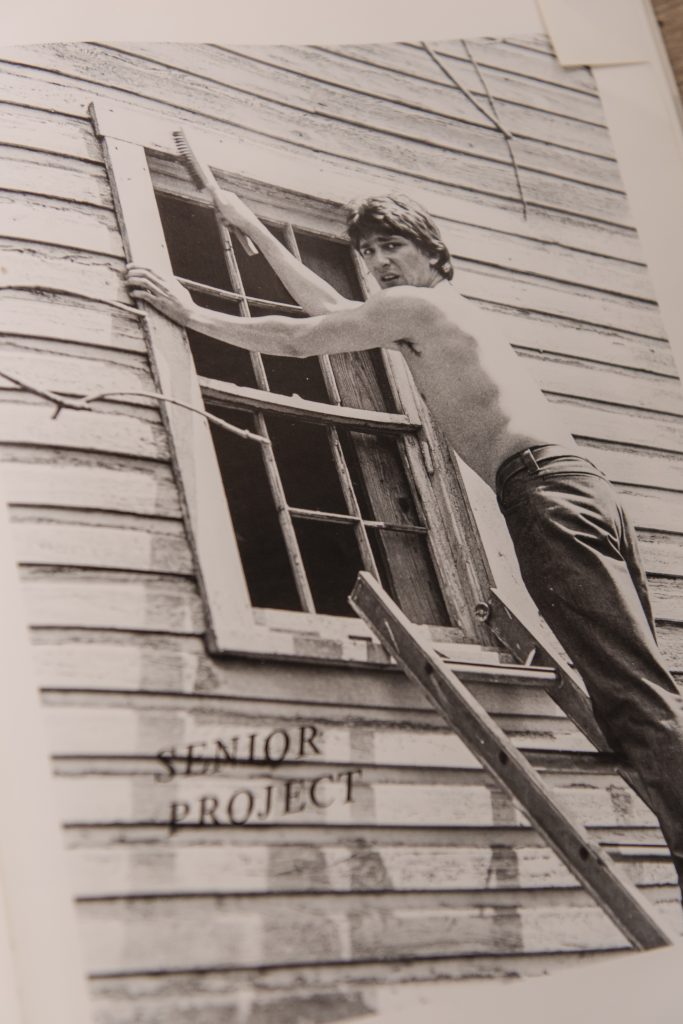
I was very active in student government even though I was driving a taxi to support my family at the same time. I was the first student appointed to the faculty senate. I worked very closely with Dr. Kuhn. He was a guy you could call and get a meeting with the same day. I mean as a student, you know?
I was the second person to complete their degree requirements at UMBC, finishing in 1969. Chancellor Kuhn asked me to stay on at UMBC as his graduate assistant, and to begin planning for the alumni and development programs. In 1971, I became the first director of Alumni and Development, and served for one year. During my tenure I helped organize the class of 1970 gift.
Our senior class project was to write to corporations and ask them to donate to a student emergency loan fund, and in return we would do projects for them. We raised $13,000, which was no small amount of money at the time!
Odom: Barb, during your tenure as executive director of Alumni Relations what are some major ways that your office engaged alumni?
Quinn: There are actually two things. The first wasn’t a project that I particularly liked but it turned out to be a good thing—the first alumni directory. Creating something like this (and without a computer!) takes so much work. It was the first collective thing that we had with all the alumni listed in it.
The second thing, one of my favorite projects I mentioned earlier, was the Second Generation Scholarship.
Odom: Oh, wow. We still have that in place!
Quinn: The Second Generation Scholarship requires that scholarship candidates take a course in Africana studies and demonstrate a commitment to improving the lives of minorities through community service. It was started by James Wiggins ’75, political science, and other African American alumni. It was a lot of work but it was so much fun.
Odom: We actually think it’s one of the first, or possibly the first alumni-endowed scholarships at the University.
Quinn: It’s a huge source of pride for me. Because I know how much work went into it, and it was a really cool thing. I have to admit.
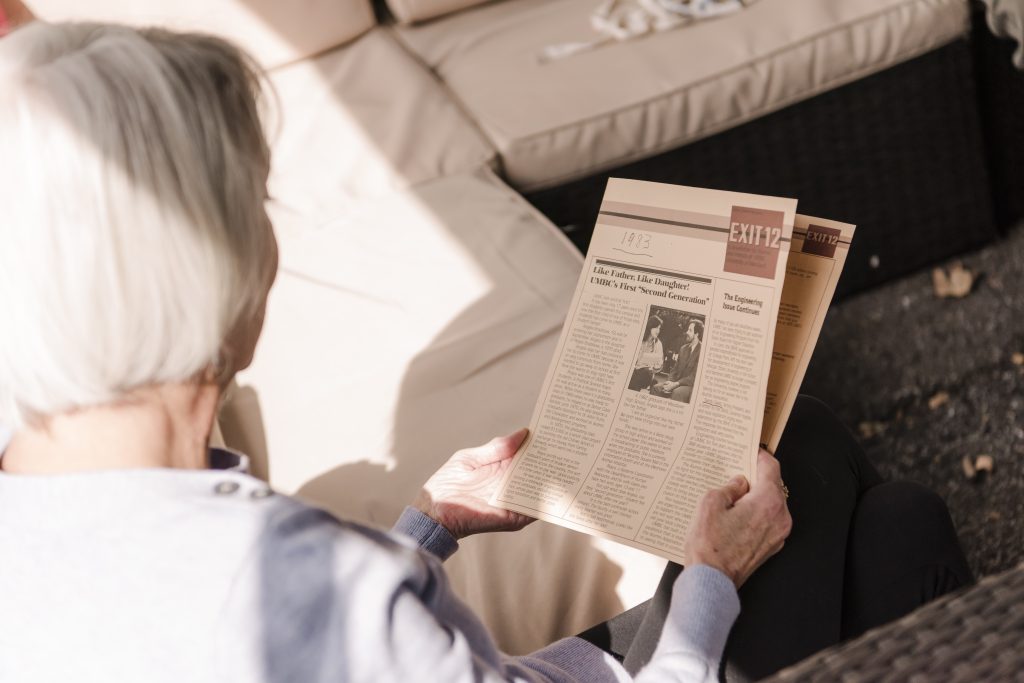
Quinn: Stanyell, while you’ve been at UMBC, what are you most proud of?
Odom: I think for me the pinnacle of my experience at UMBC was the 50th anniversary celebration. I don’t think any of us fully knew what we were in store for, but to see thousands of alumni be engaged throughout those yearlong series of events was so satisfying.
I’ll just never forget the moment when the fireworks went off and it was done and the night was over and it was like, we did this. It was such a feeling of accomplishment because I mean we put our blood, sweat, and tears into that. And through that work I got a better relationship and a strategic partnership with the alumni board and the association.
I know that when I think about how we characterize our alumni, I see their immense pride of really being part of the school’s story. I’ve been here to see the prominence and the reputation of the University continue to evolve. It’s not that we’re without our problems—we certainly have our challenges—but I think that the way we approach problem-solving as a community, it feels really good, and I think alums have become accustomed to being a part of that.
The Second Generation committee continues to illustrate this, and our Alumni Association Board of Directors is also a perfect example. They award annual scholarships to students, and they wanted to double their endowment to $200,000 by 2020. Five years ago the endowment was at $100,000. Before the campaign ended they actually had $225,000. And so I think it’s a good example of alumni also taking the lead and saying, “No, we want to help with this fundraising. It doesn’t have to all be UMBC. Here’s what we want to do.” And that’s been really great.
Barb, doesn’t it feel good to know that things that were in place when you were here that they’re still moving forward?
Quinn: It feels like it’s coming full circle.
Odom: I think that we’re ready for the next big thing.
*****
Header image: Quinn, Bradshaw, and Odom sit outside OCA Mocha in Arbutus for a socially-distant discussion. All photos by Marlayna Demond ’11.
Tags: Fall 2020, Founding Four, Impact

